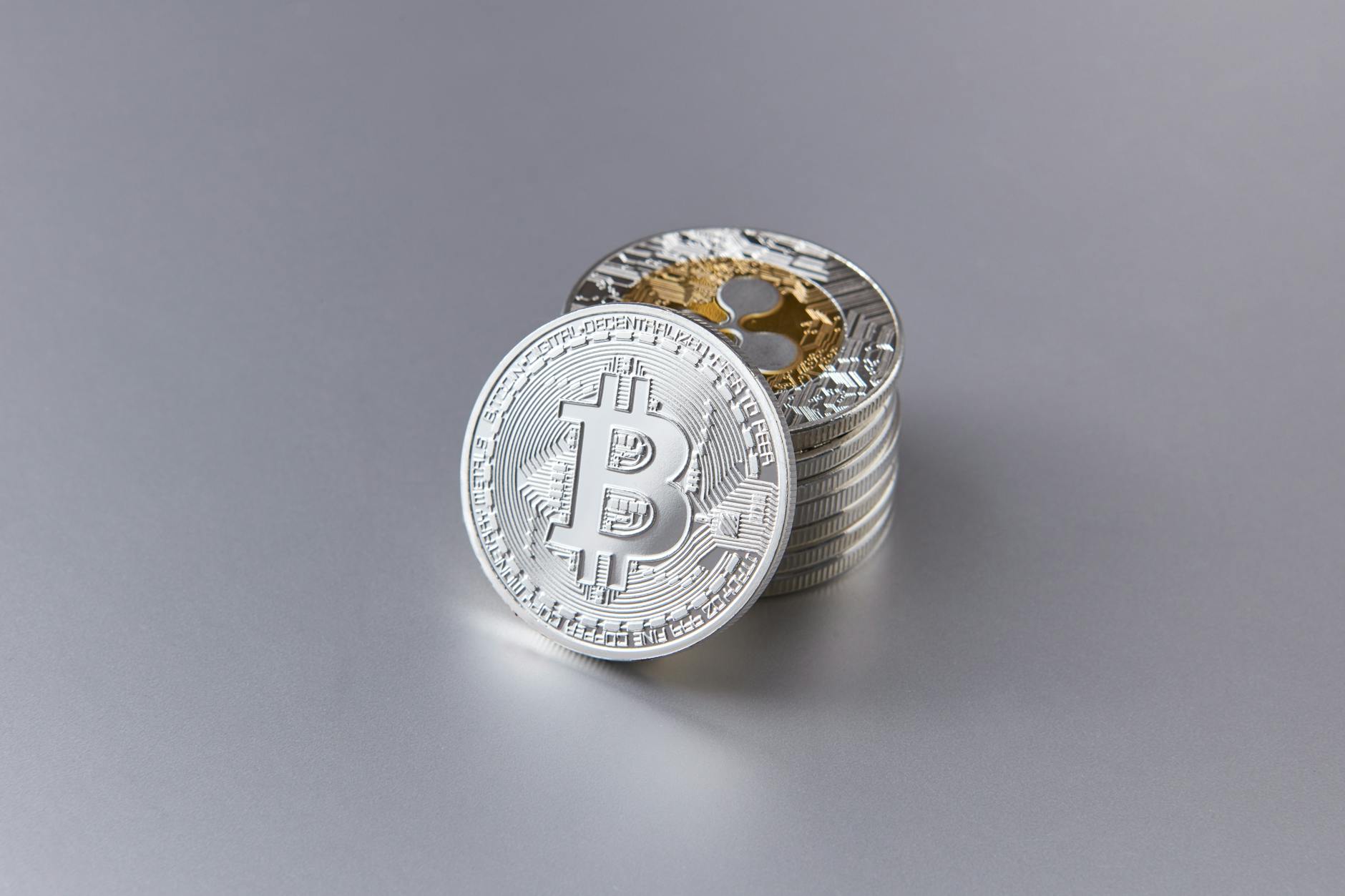In a remarkable activity recorded by blockchain analysts, a Bitcoin account, inactive since the year following Bitcoin's inception in 2009, has suddenly transferred a staggering 60,000 BTC. This movement, valued at approximately $6.5 billion today, underscores not just the volatility and unpredictability of cryptocurrency markets but also the dormant potential lurking in the early adopter accounts.
The transfers, as detailed by analysts at Timechain Index and social media posts from crypto analysts like Sani, have not been directed towards any exchanges, leading to speculation about the motives behind these movements. Typically, large-scale transfers to exchanges suggest a preparation for selling, impacting market prices. However, the current scenario paints a different picture, where the funds were distributed in six equal batch transfers of 10,000 BTC each. This strategical distribution of funds may imply a restructuring or a security-motivated move from the whale's side.
Historically, such large movements from long-dormant accounts have triggered both intrigue and anxiety within the crypto community. Market participants often view these as a prelude to significant price movements, depending on whether these coins enter or exit the market. However, with these coins still held away from exchanges, one might consider alternative motives such as estate planning, security enhancement, or potentially preparing for a private sale or transfer which doesn't directly influence the open market immediately.
This incident also shines a light on the inherent risks and considerations for large dormant Bitcoin holders. The security of digital assets is paramount, especially for accounts that are public and can be traced on the blockchain. The advancements in blockchain forensics and security services provide tools for these holders, but they also escalate the necessity for updated and robust security measures over time. As discussed in a recent Radom Insights post, regulatory and security frameworks in the crypto space are continually evolving, necessitating ongoing vigilance by asset holders.
Moreover, the untouched state of these funds for over a decade highlights another critical facet of cryptocurrency - the long-term value holding and speculation. The original acquisition cost of these Bitcoins was around $2 per coin, contrasting starkly with today's valuation, hence outlining an enormous return on investment that is quintessentially possible only in the volatile crypto markets.
For the broader financial technology ecosystem, movements of such magnitude underscore the need for sophisticated infrastructure capable of managing massive transactions securely and efficiently. Companies and platforms operating in this space must ensure they are equipped not only technologically but also from a regulatory and compliance standpoint. This need aligns closely with services provided by Radom, such as those ensuring safe and compliant on- and off-ramping solutions, which are essential for integrating large scale crypto operations with traditional financial systems.
As the market digests the impact of this significant Bitcoin movement, the lessons are clear. Stakeholders must prioritize robust security mechanisms, be vigilant about the regulatory landscape, and remain aware of the implications such dormant accounts can have when they unexpectedly awaken. For now, the crypto community watches closely, waiting to see if this whale surfaces again or disappears back into the depths of blockchain anonymity.



